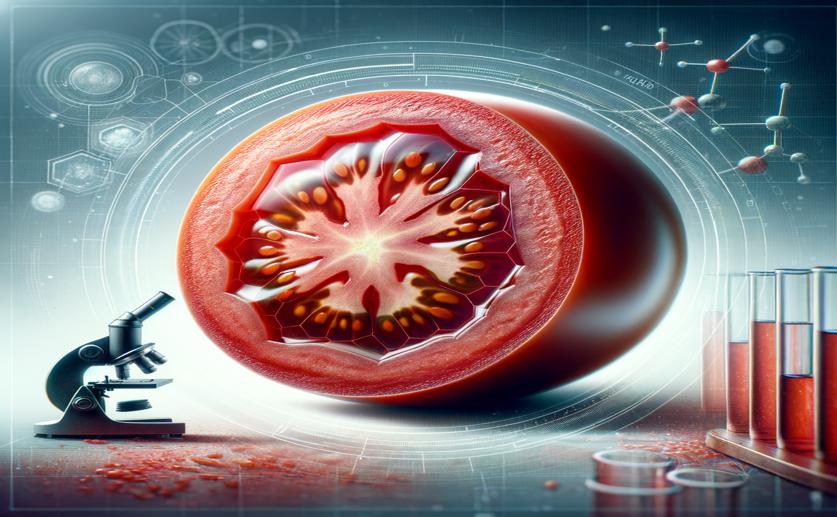
Key Characteristics and Importance of Tomato Enzymes
Greg Howard
29th May, 2024

Image Source: Natural Science News, 2024
Key Findings
- The study by the Bose Institute focused on the role of rhomboid proteases (RPs) in tomatoes, which are crucial for plant growth, development, and stress responses
- Researchers identified ten rhomboid proteases (SlRPs) in the tomato genome, with seven being proteolytically active and three potentially having non-proteolytic functions
- The distribution and expression patterns of SlRPs suggest they are tissue-specific and respond to stress conditions, indicating their role in plant stress management
VegetablesBiochemPlant Science
References
Main Study
1) Physico-chemical features and functional relevance of tomato rhomboid proteases.
Published 26th May, 2024
https://doi.org/10.1016/j.ijbiomac.2024.132681
Related Studies
2) The roles of plant proteases and protease inhibitors in drought response: a review.
3) Roles of NAC transcription factors in the regulation of biotic and abiotic stress responses in plants.
4) Emerging roles for diverse intramembrane proteases in plant biology.



 29th February, 2024 | Jenn Hoskins
29th February, 2024 | Jenn Hoskins